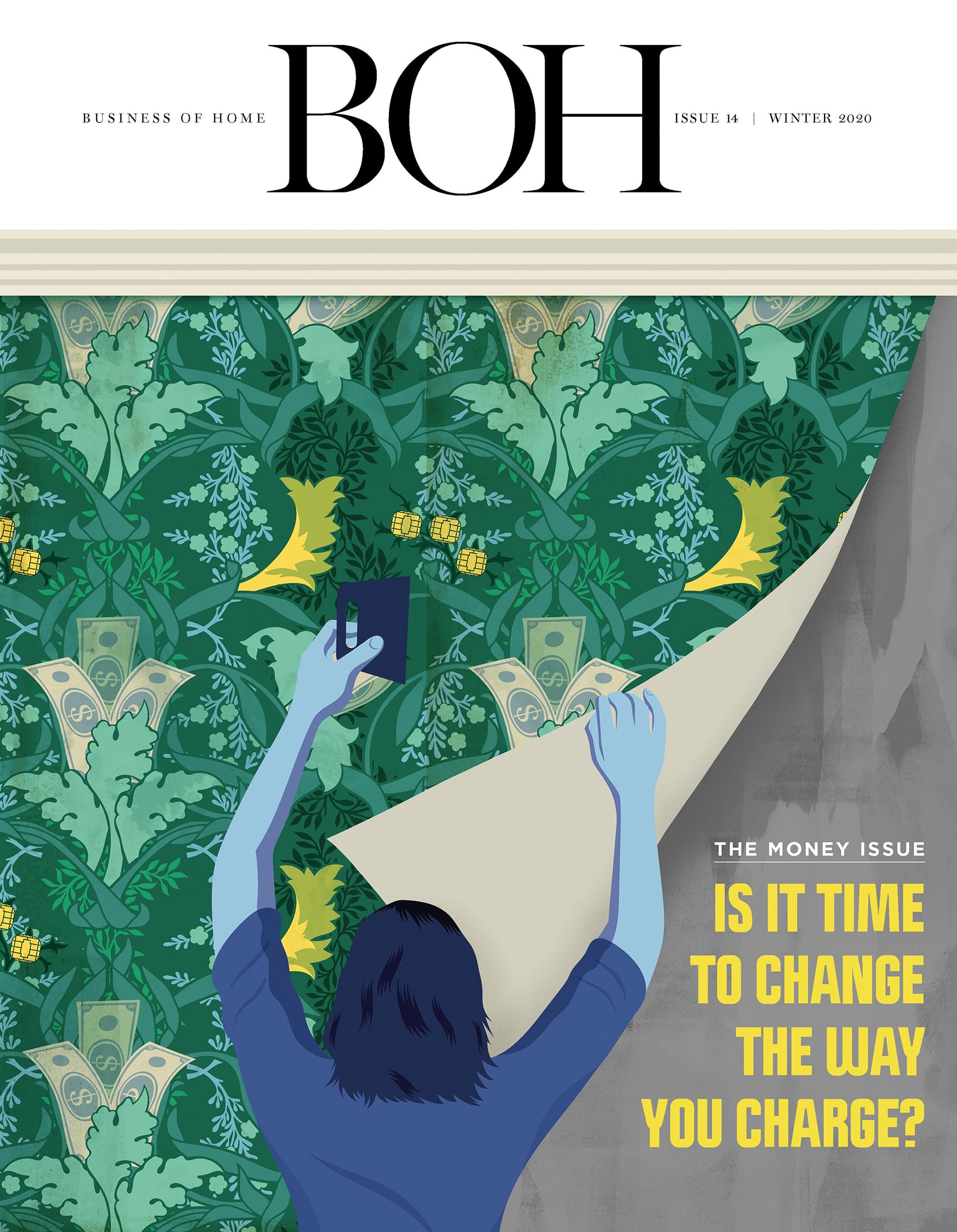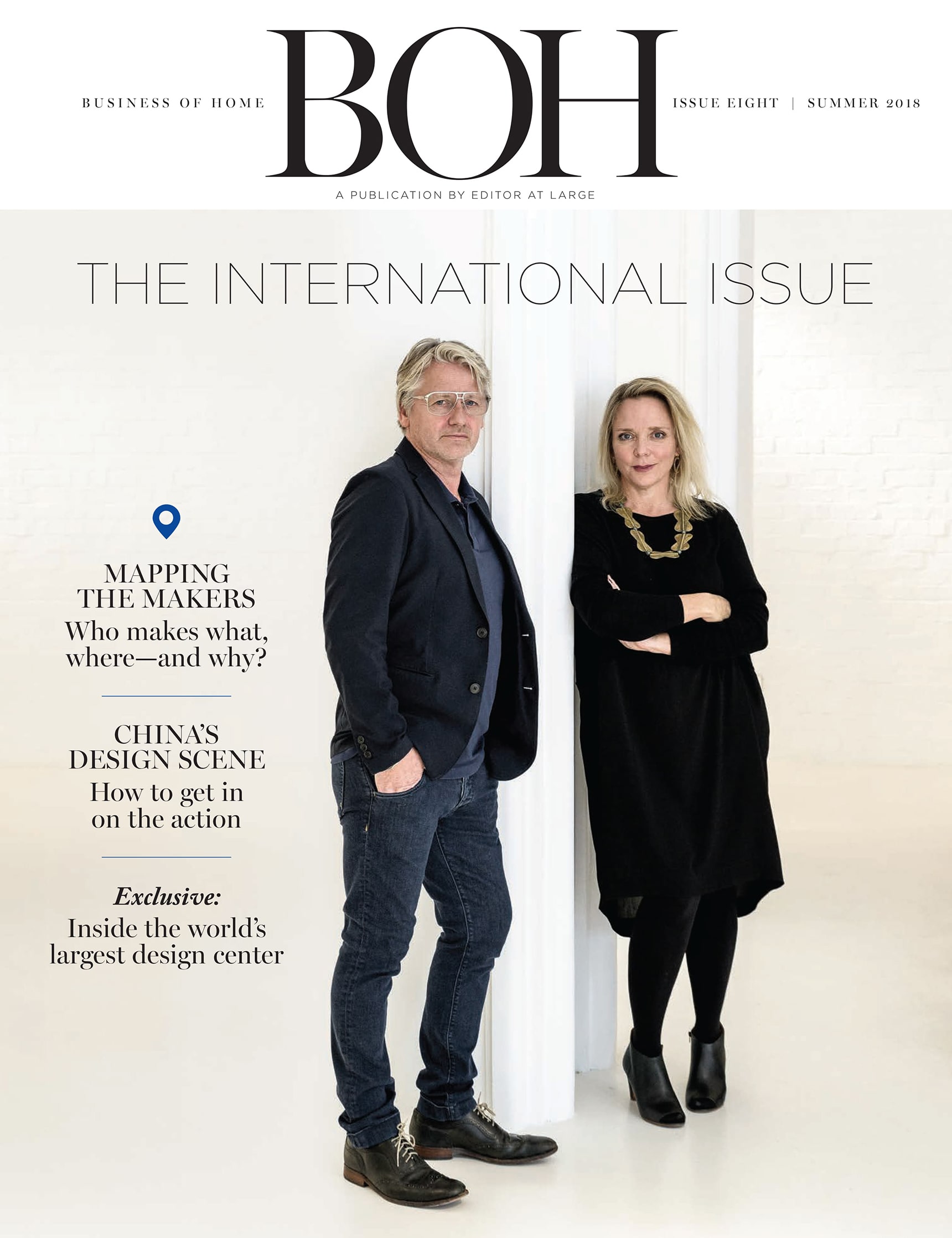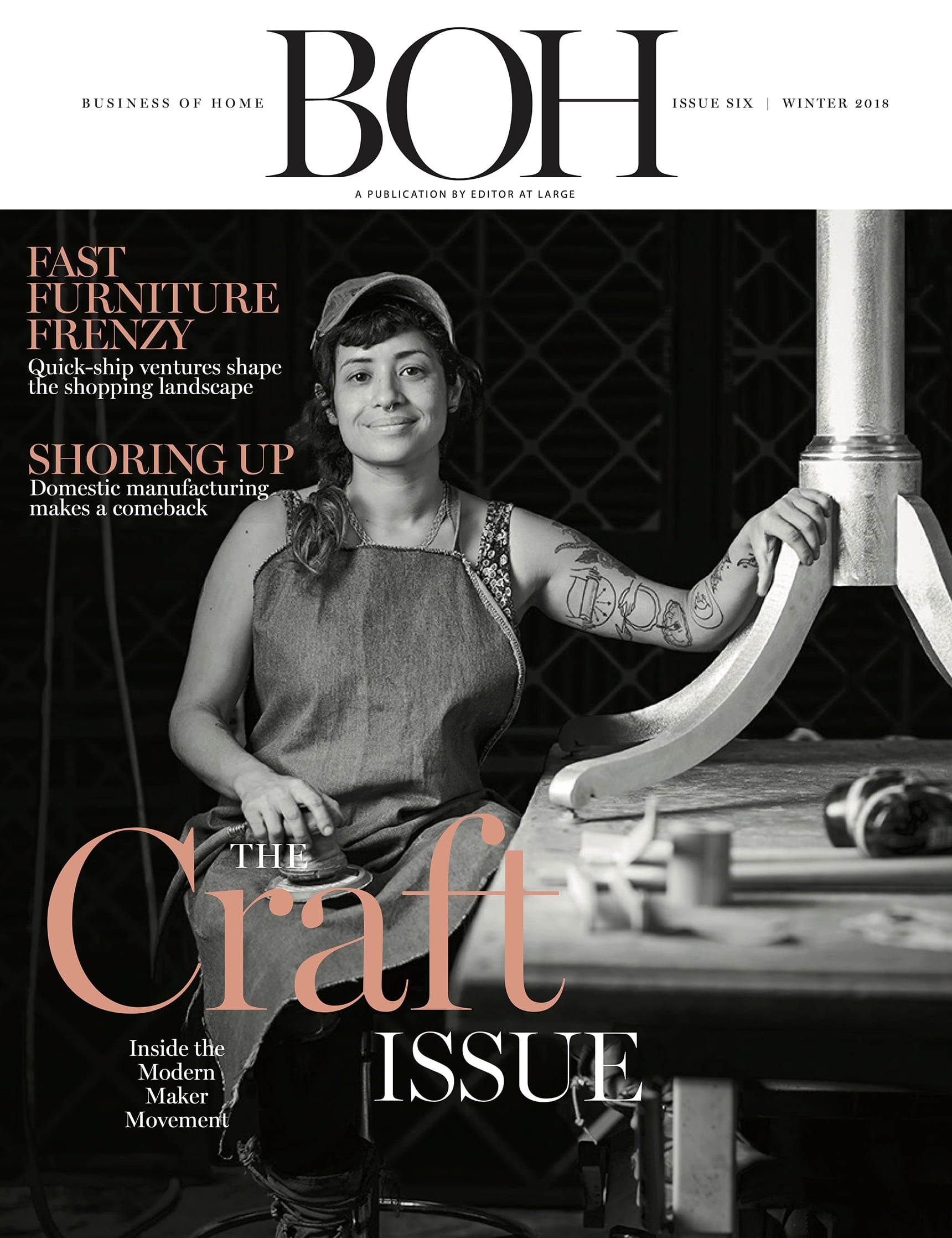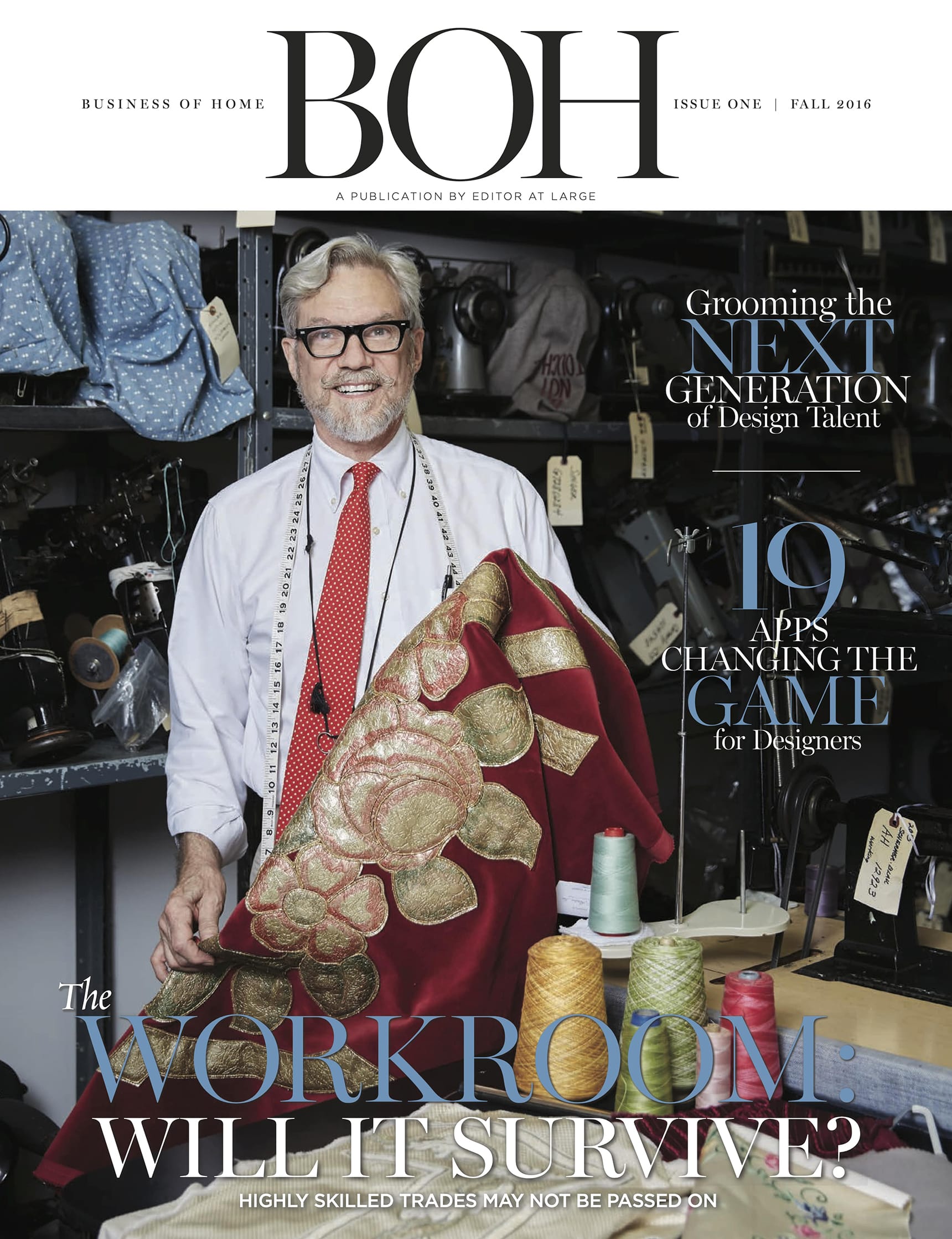Artisan brands like de Gournay and Fort Street Studio rely on the immense skill of Chinese artisans—but “Made in China” is not always an easy sell for consumers.
“Lots of people cower when you mention manufacturing in China, but I find it the most wonderful place to work,” says Jemma Cave, design director of hand-painted wallpaper studio de Gournay, who splits her time between the firm’s office in London and its studio just south of Shanghai. “It’s important for us to make everything in China because we’re using all of the traditional painting techniques.”
At hand-knotted rug manufacturer Fort Street Studio’s New York showroom, senior vice president Paul Melo faces a similar set of prejudices, and often finds himself defending why the company would choose to make its luxury goods in China. “It’s a country that has a history of silk production and silk products,” he explains. “Ways of working with the fiber and the knotting techniques have been in the country for thousands of years and are built into the DNA of the craftspeople.”
In 1994, Fort Street Studio founders Brad Davis and Janis Provisor happened upon a struggling silk carpet factory while traveling through the Chinese countryside. The couple, both artists, were captivated by the ombré effect in the petals of oversized flowers featured in Chinese Deco-era carpets the factory had produced—which requires a mastery of both dyeing and knotting techniques. “Brad and Janis pioneered the painterly, non-repeating design in carpet with that watercolor look, before software existed to take an image and make it happen,” says Melo.

BOH subscribers and BOH Insiders.









































